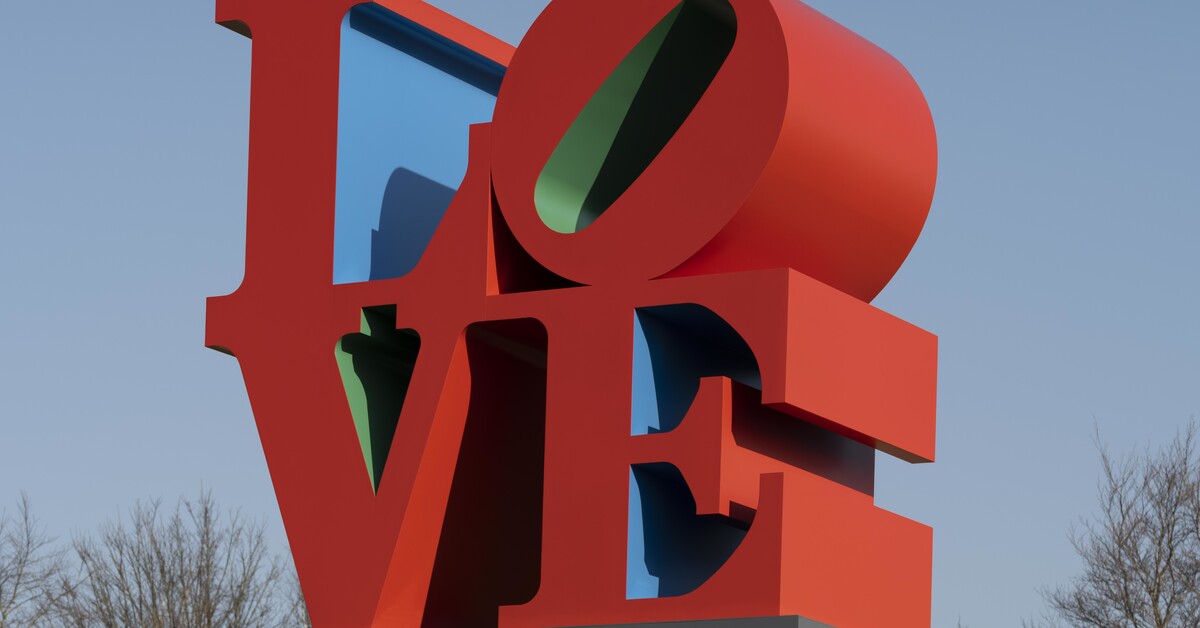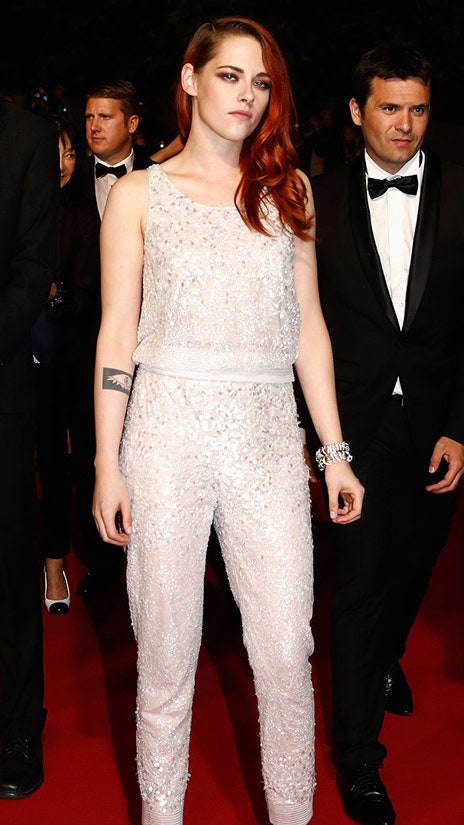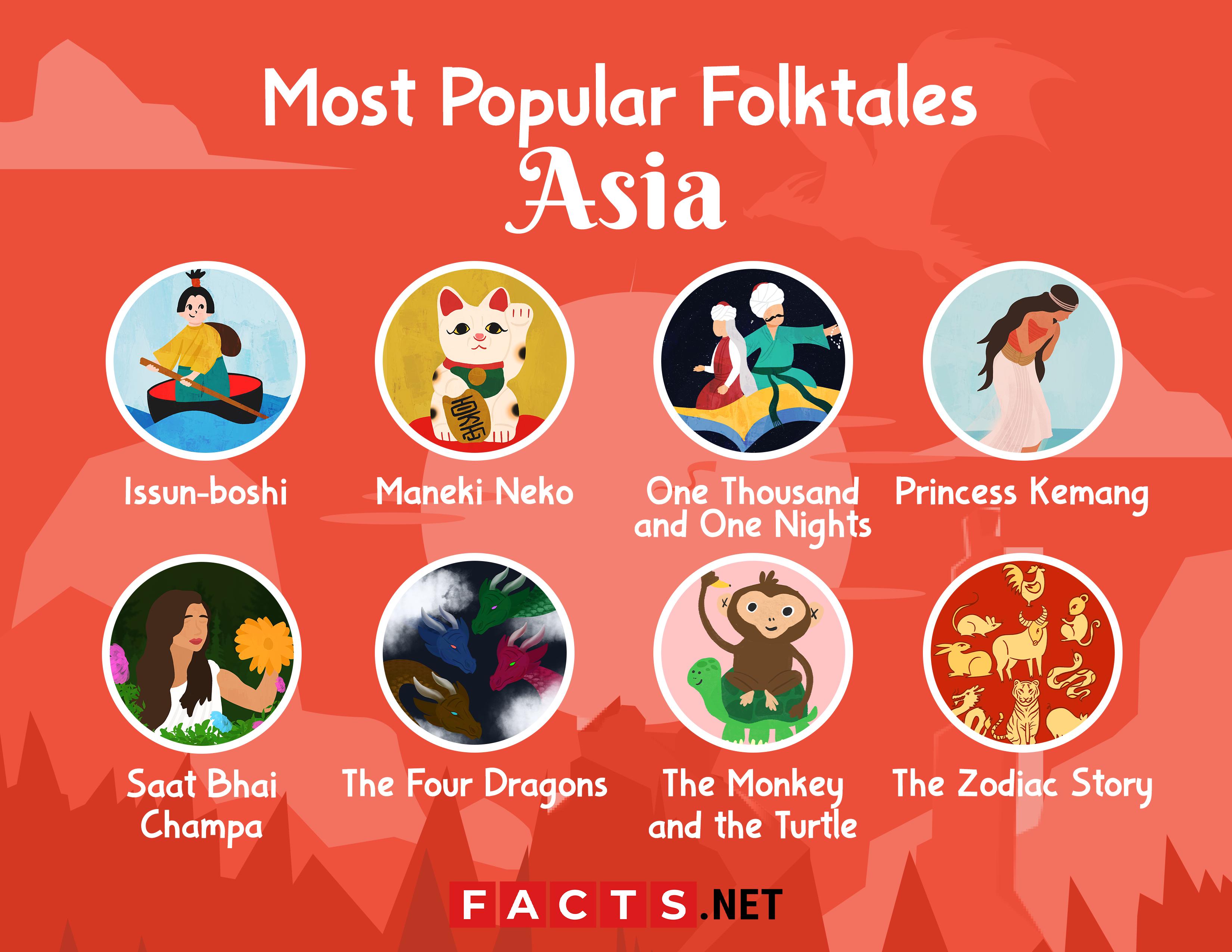
The still life has been a significant part of art history thanks to a variety of still-life painters. Jan Davidsz de Heem is one example. Pieter Paul Rubens and Fernando Botero are two others. These paintings are truly amazing in their artistry and variety. You can read on to learn more about these artists.
Fernando Botero
Botero is known for his abstract landscapes. However, Botero's still-life works feature identifiable subjects. Botero's portraits as well as still lifes portray everyday objects, scenes, and scenes. His paintings often feature a family, and include a variety of activities. His art is influenced by Old Master paintings.

Willem Kalf
Willem Kalf was one of the most important Dutch still-life painters during the Dutch Golden Age. Arnold Houbraken, a critic who wrote about him in Groot Schilderboek, highly valued his work. His paintings are often known for their vivid colors, rich scenes, and large bold compositions.
Pieter Paul Rubens
For painters, the still life genre is a favourite subject. It is an ideal place to study the subtleties and composition. Rubens went to school in Germany, Siegen, and later moved to Rome, where he studied under the masters. This trip served as his bootcamp and further refined his already impressive talents.
Frans Snyders
Frans Snyders (1612-1660), was one of the greatest still-life painters. He was known for his depiction and use of bowls, fruits, and vegetables. Snyders was a Rome-based artist who returned to Antwerp in 1608 to start his own workshop. This earned him international fame. His imposant still lifes were a mainstay of his work. He frequently collaborated, among others, with Peter Paul Rubens (1577-1640).

Jan Brueghel
Brueghel was not only a painter of landscapes or still-life subjects, but also created floral bouquets with a Vanitas connotation. These floral bouquets can be found in vases and baskets. Some of his most famous works feature floral garlands surrounding scenes or sacred figures.
FAQ
What is pop-media culture?
Pop culture is all around. Pop culture is everywhere you go: radio, television, film, music and magazines. It's all around us 24 hours a day. It influences everything from our clothes, food, music, language, politics, and religion. So what exactly is pop culture? According to Wikipedia, "Popular culture (or popular culture) refers to the products and ideas produced for mass consumption in society." Many believe this applies to entertainment such as movies, TV, music and fashion. However, there is much more to pop culture than just entertainment. The term describes anything consumed by the masses, such as video games, sports, toys, clothing, fast food, political campaigns, and many others.
How did pop culture develop?
Technology was key to the rise of popular culture. It developed as people became increasingly mobile. Mass communication was made possible by the invention of radio. This was the beginning of television, which eventually led to the birth of the internet.
People began using computers at home, and were then exposed to computer games. These games were first played on consoles such as the Nintendo Wii or Sony Playstation 3. These games can be downloaded online for free. Many people are choosing to play video games over watching TV.
Video games are very popular among teens and children. You can play them alone or with your friends online. Call Of Duty and Grand Theft Auto games are very violent. Parents are concerned about their children playing these violent games. Some people find it thrilling to see what happens when a character is killed.
Another way pop culture influences youth is through music videos. They feature celebrities and information about current trends. They are very popular with young people. It's obvious that music is a major part of our lives.
Music videos are often created by artists who use special effects to enhance their songs. Rappers often use makeup and hair wigs to enhance their looks. Other musicians put themselves through extreme physical challenges to show off their bodies. Many singers perform while wearing costumes.
Music is available in a wide variety of formats today. You can listen whatever music you want. However, this isn’t always good news. Music can sometimes encourage violence. Some lyrics or words can cause people to get mad. Sometimes, they even commit crimes.
This happened recently with rapper 50 Cent. One line in his song Get Rich Or Die Trying says: "I'm going after a motherfucker / But I don't know how, but I might." This song was thought to mean that he would murder someone. A man threatened him and called him up. 50 Cent then changed the lyrics. Now, it says "I'll shot a bitch down/I don't know how but I might."
Popular culture is essential. We must understand its effects on us. We won't be able protect ourselves from its negative effects if we don't.
Who was the first to coin the term Pop Music
Frank Zappa created it. Pop music was his preferred style.
He said that he wanted music to appeal to everyone. This is why he called the music "pop music".
Zappa also coined the phrase "You know it’s POP when ..."" which refers to something being popular if it is enjoyed by many people. Michael Jackson's Thriller album, for example, is one of his most popular albums.
Zappa's definitions of pop music are different than the current. Pop music can include all music. However, back then only certain music was considered popular.
What are some good aspects of pop culture
Pop culture doesn't have to be bad. Pop culture gives people something to talk. Also, it helps people express their creativity. Pop culture can help artists promote their work.
Pop culture brings people closer together, which I believe is the best part. Everyone wants the same shows. Everyone listens to the same music. People like the same movies. Pop culture allows us to connect.
Not all pop culture is healthy. Some movies glorify violence. Some TV programs mock people with mental disabilities. Others encourage their fans and followers to get high.
What can we do about pop culture's negative aspects?
Pop culture should be avoided. We shouldn't let it influence us. It can have negative effects on our health. It can even lead criminality. It can even lead to a loss of love.
Pop culture should be considered as a way to help or hinder society. Does it promote good values? Are people being influenced into doing bad things?
And finally, we should ask ourselves whether we're happy with the kind of world we live in. What do we enjoy about the music we listen too? What TV shows do you watch? What clothes do you wear?
If we care about our future, then we have to be accountable for our actions. We need to decide what kind of world we want to live in. Once we have decided what kind of world we want, then we can choose the best pop culture.
What examples of pop culture are there in 2020?
The music business is changing rapidly. In fact, this year we saw Billie Eilish (Post Malone) and Travis Scott reach number 1 in Billboard's Hot 100 chart. This was an incredible feat for any artist.
This is also true for streaming services. Spotify reported that Spotify streamed more 10 billion hours audio content last year. It's 5x more than the content users were listening to five years ago.
This has led to a dramatic shift in how media is consumed. People now spend most of their time-consuming content rather than creating it.
All age groups, including toddlers and retirees, have access to audio content. This means anyone can record, edit or mix their music and then release it.
To play your favorite song, it doesn't matter if you go to university to study classical instrumentsation. Download an app, add your voice, then upload them to YouTube.
And if you don't want to make music yourself, why not watch someone else doing it instead? You can find countless channels that make videos of songs, from parodies to covers.
How did pop music become popular?
It was an accident. It was an accident. The first song was accidentally written when someone knocked over the piano while playing on New Year's Eve 1920.
The recording company loved the music and decided to make it a single.
This was the first ever single to become a hit.
Pop music has been the most popular form today of musical entertainment.
What are examples of pop culture today?
Pop Culture is a 21st-century art form. Pop Culture includes all forms of popular entertainment such as music, film, TV and video games, fashion, advertising and comics. In his 1985 book, Amusing Ourselves Too Death (1985), Neil Postman first coined this term. Pop is a type of mass communication that relies on cheap tricks or formulaic devices to give the illusion of spontaneity.
He said that people don't experience true joy because they are conditioned to look for media experiences that make them feel better than others. In addition, he argued that this type of cultural expression had contributed to the loss of critical thinking skills among young adults.
Pop culture is also known as consumerism or popular culture.
Statistics
- Less than a decade later, that statistic rose to 90% (Dager, n.d.). (socialsci.libretexts.org)
- Recently, the market share across Western Europe has ranged from 60-75% (Hopewell, 2013). (socialsci.libretexts.org)
- According to Dictionary.com, popular culture, or low culture as it is sometimes referred to is comprised of the “cultural activities or commercial products reflecting, suited to, or aimed at the tastes of the general masses of people” (7/21/19). (socialsci.libretexts.org)
- In 1987, US films captured 56% of the European film market. (socialsci.libretexts.org)
- For example, the term hater meaning someone who strongly undermines or criticizes others, often due to pathetic jealousy, likely emerged from hip hop culture, such as the term playa hateras, used by influential rapper Biggie Smalls as early as 1995. (simplicable.com)
External Links
How To
What is pop culture you can access via media technology
We are all surrounded by popular culture. It's everywhere: books, movies, music, television shows, video games, social networking sites, etc.
Popular culture influences our lives. Our daily routines are influenced by what we see on TV, read in magazines, listen on the radio, and hear at concerts. We watch TV series, play video games, go shopping, hang out with friends, attend parties, meet people online, and spend time surfing the Internet.
However, just because something is popular does not mean that it is good for business.
That's where media technologies come into play. They provide tools that allow us to access popular culture in a way that helps us connect with consumers.
You can use media technologies to:
-
Create content about products and services
-
Engage audience members with the actors, comedians, and authors they love
-
Promote brands and businesses
-
Advertising
-
Track consumer trends
Popular culture is essential if your goal is to create brand awareness, attract new customers, increase sales, and boost customer loyalty. You can do this by utilizing media technologies.